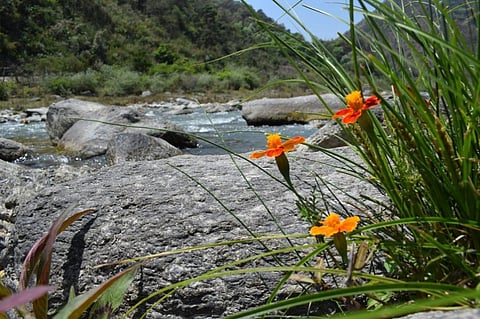

Scientific evidences from the past 500 years will be considered for projections and scenarios for 2050 in a new scoping study. The historical knowledge will help understand long-term impacts of climate change on biodiversity, experts said at the eighth Intergovernmental Platform for Biodiversity and Ecosystem Services (IPBES-8).
The time frame of analyses or the reference year will now be 1500 instead of only the last 50 years. The data will be considered along with the current status and probable future projections up until 2050.
The ‘nexus assessment’ will be conducted over three years, researchers said at the session concluded June 24, 2021. It will examine interlinkages between biodiversity and related issues like agricultural productivity, nutrition, pest control, water quality, infectious diseases, mental and physical health as well as climate mitigation and adaptation.
The report is expected to contribute to informed science-based decision-making in the context of the 2050 Vision for Biodiversity, the post-2020 global biodiversity framework.
The analysis will also focus on various intermediary periods up to 2050 that cover key target dates related to the post-2020 global biodiversity framework and the Sustainable Development Goals.
Longer future time horizons up to 2100 will be considered where they add relevant knowledge on the long-term consequences of nexus interactions or the long-term resilience of response options.
Arriving at a consensus on the time-frame of the analysis was not easy. The panel was divided over whether to take into account the industrial revolution and the colonisation period. After prolonged deliberation, the members arrived at a consensus to include studies published in the 1500s but delete references to the colonization period.
They also agreed on a broad reference to “as far back as appropriate as data or information is available or as clearly relevant to future response options or to understand current status and trends.”
This assessment is especially significant when infectious diseases have entered the list of major global economic threats for the first time since 2006. The scoping report will also cover how infectious diseases emerge from the microbial diversity found in nature and how human activities cause their spread
The Scoping report for a thematic assessment of the interlinkages among biodiversity, water, food and health will include an additional chapter on understanding interlinkages between nature and society too.
Climate change and biodiversity are deeply intertwined. It is, thus, supposed to be useful in developing national biodiversity strategies and action plans, nationally determined contributions and long-term strategies under the Paris Agreement and the 2030 Agenda for Sustainable Development.
The latest United Nations progress report on sustainable development goals (SDG) presents a grim picture wherein biodiversity threats and deforestation are driving reversals or stagnation of progress on two goals: Life below water (SDG 14) and Life on land (SDG 15).
This assessment will contribute in developing strategic plan on biodiversity and its overall vision of living in harmony with nature as discussed at the United Nations Decade on Biodiversity (2011-2020) ended six months ago.